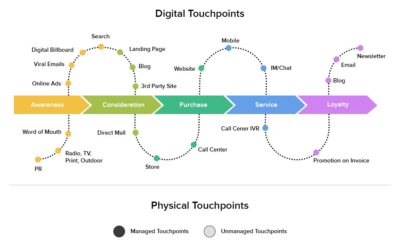Over the past few weeks the Disruptors have been in the thick of events, for International Women’s Day, for startup accelerators, for small business and for the Sydney Design Festival.
What’s been interesting is that without our having to orchestrate it, all events have had a theme of disruption running through them.
Nod.Money Event – Edge of Tomorrow Series
In late February, I presented to an Edge of Tomorrow event for Nod.money on resistance to new technologies and innovation. In that presentation and in the discussion that followed, we explored how small, traditional businesses are feeling threatened by the rise of new technologies, as well as the emergence of new competitors taking advantage of innovation in their practice. Disruption of jobs as well as markets was identified as a significant and growing threat.
For small businesses in the service sector this is not an insignificant issue, and so it may seem counter intuitive to provide advice about how to overcome resistance to innovation. But with the pace of technological change, one of the few ways to maintain competitive positioning is to embrace emergent technology wherever possible. And helping team members to overcome resistance to new technologies with learning-by-doing programs is key to developing resilience in the face of disruption. And of course it helps if there is also ongoing communication about the value of innovation.
Disruptor’s Handbook Innovation Breakfast
Then in early March we hosted a breakfast for government, corporate and non-profit participants talking about how they think about innovation. At this event the enthusiasm for rapid prototyping of innovative solutions was palpable, partly because each participant was acutely aware that their business models and ways of working were in the process of being disrupted. The consensus in the room was that intrapreneurship was essential to the sustainability of any business. And even in government, intrapreneurship and innovation are at the heart of delivering service value to citizens.
UTS Startups Female Entrepreneurship panel
In the lead up to International Women’s Day, I participated in a panel at UTS on female entrepreneurship, where current students and staff at the university explored the challenges of starting and maintaining businesses. But even here at what could be considered an audience open to disruption, there was a concern that the push for more diversity in business could impact wellbeing and life choices for families. Disruption – while embraced – needed to be set in the context of enabling all choices.
 |
 |
 |
Sydney Design Festival Peripheral City Rooftop Exhibit
Then last week we also hosted a couple of events about how we use and think about unused urban spaces as part of the Sydney Design Festival. Graduate designers developed installations which were designed to draw attention to how we think about the Peripheral City. They asked us to look differently at the world from our rooftop office, and disrupt our own thinking about how we experience workplaces. Both designers and audiences for these events considered disruption more of an opportunity than a threat, but it was also considered inevitable. Our cities are changing because they have to; increasing population density, a more fluid working schedule in business, and innovative approaches to building materials as well as energy use are all factors affecting the experience of urban environments. And the pace of change is also accelerating. Understanding what we need to do to move with disruption – rather than against it – is key to a flourishing and productive community.
My take on all these events is that disruption has moved from being an external, even remote threat, to becoming part of the workplace psyche. From young students to small business owners, corporate and government representatives and creatives alike, disruption has come into focus and propelled people to explore new means of developing resilience.
Of course this is a good thing for us. But it also means that we need to develop more toolkits, moe training programs, more custom-designed innovation handbooks and to recruit more creative minds to the task of engineering disruption. It’s an exciting prospect.






